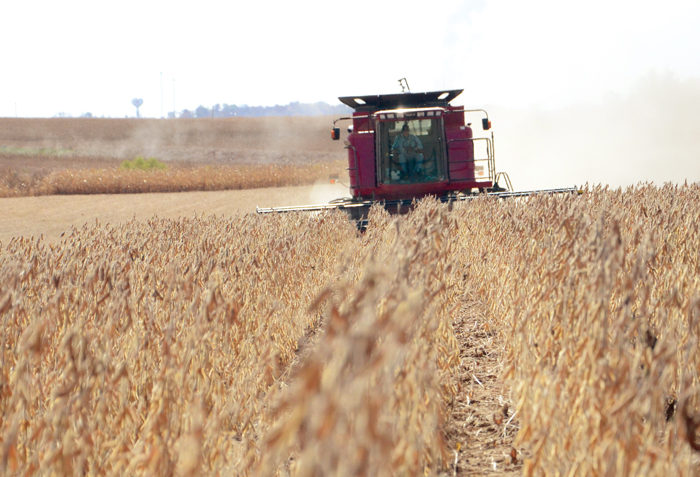No-Till Farmer
Get full access NOW to the most comprehensive, powerful and easy-to-use online resource for no-tillage practices. Just one good idea will pay for your subscription hundreds of times over.

ADDING SOYBEANS. While the Jacksons have primarily grown continuous corn over the years, they’ve put a few hundred acres of soybeans in the mix due to low corn prices. Jerry Jackson says he normally sees a good yield bump in the corn that follows soybeans, but in the past year, it performed as well as continuous corn did.
In northern Illinois, no-till isn’t a terribly common sight, and Jerry Jackson doesn’t understand why.
He just finished his 26th year of no-till and says it’s the best decision he ever made.
“I don’t know why more farmers don’t do it,” the Byron, Ill., no-tiller says. “It doesn’t make any sense to me why they’ve got all that big equipment. I know their yields aren’t better than ours.”
His journey to adopting no-till began in the late 1980s, when he realized a change in management was necessary. His father was in poor health and his son, Jeff, who now helps him with the farm’s fertility, herbicide and cover crop programs, was in college at the time. Jerry knew he didn’t have the manpower to do what he wanted to do, and suspected no-till was the right path.
So he attended a couple of meetings at early no-till adopter Jim Kinsella’s farm in Lexington, Ill. Afterward, Jerry decided in 1990 to sell all of his tillage equipment and commit fully to no-till.
“I didn’t try it first, I said ‘I’m going to make it work,’” he recalls. “And it did work. We never…